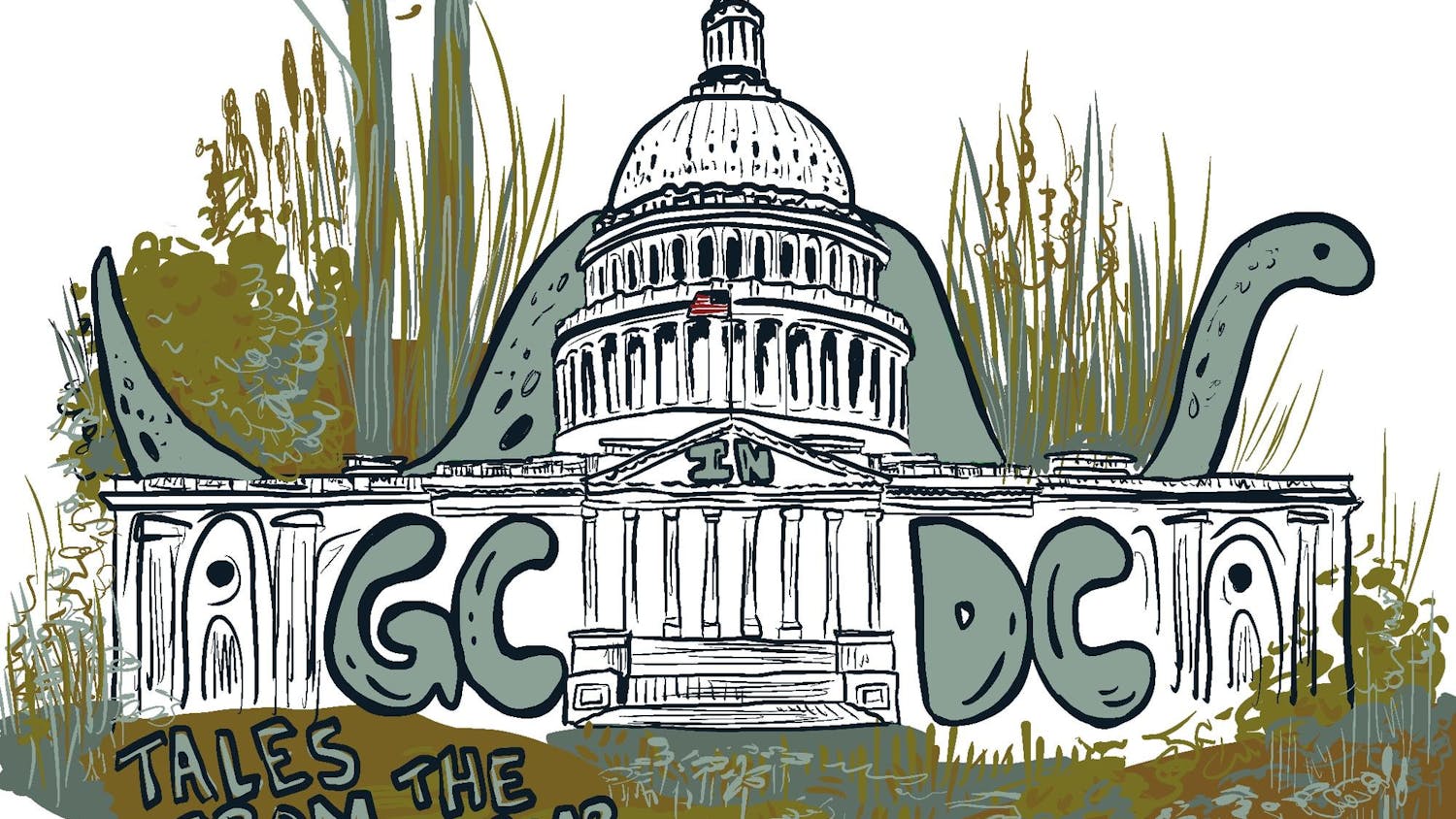“What’s wrong with the world, mama / People livin’ like they ain’t got no mamas / I think the whole world addicted to the drama / Only attracted to things that'll bring you trauma.” So sang the great will.i.am in the equally great Black Eyed Pea’s hit single “Where Is the Love?” (2003). More than a decade later, the words of that middle school dance jam ring true.
Ebola, ISIS and the ongoing Ukraine-Russia crisis have forced us to question where the love is almost daily, and investors are no different. Investors, like all humans, are prone to something called “negativity bias” or “loss aversion.”
Loss aversion states that a loss hurts more than an equal gain helps. I’m more sad losing $100 than I am happy gaining $100, and winning this week’s fantasy football matchup doesn’t make me feel as good as losing last week’s game made me feel bad. Investors experience loss aversion too, but on a much greater scale. A five percent drop in markets hurts more -- and gets more attention -- than a five percent gain.
Risk aversion is a similar concept to loss aversion, but focuses on the uncertainty of a possible gamble. Say you have a choice between two lottery tickets: one that is guaranteed to pay off $50 every time, and one that pays off $100 half the time and nothing the other half. Both games have an expected value of $50 -- play either game ten times and you’d expect to come out with $500. You’d probably pick the $50, right?
Now let’s say that one ticket pays off just $40, while the second ticket continues to pay off $100 half the time, and nothing the other half. Which ticket would you choose then?
If you went with the sure-payoff ticket, you are “risk averse” -- and that’s ok. Most people are risk averse to some extent, because they will be more satisfied with the $40 -- call it a net satisfaction of +6 -- than with the uncertainty of the 50/50 ticket -- which is +8 for a win, but +0 for a loss.
Though the expected return of the 50/50 ticket is greater, the expected satisfaction of the ticket is actually less.
“Risk neutral” would mean you’re indifferent between the 50/50 and sure payoff tickets, while “risk loving” people would take the 50/50 ticket over a ticket that paid off more than $50 every time. They are the Floyd Mayweathers, Charlie Sheens and Amanda Bynes of the world.
On Wall Street, loss and risk aversion play a major role in how people invest and manage their money. Investors gravitate towards safer assets with lower returns, rather than risk their money on exotic distressed debt packages or other financial equivalents of the 50/50 ticket.
Investors are also aware of their own loss aversion. If faced with the choice of keeping their money in the stock market and making five percent, or withdrawing it and not losing five percent, they will sell their holdings and keep themselves protected from a possible downturn.
Ebola, ISIS and Putin have little to no effect on how much money a company will make this year. But every time an American comes down with a stomach bug, or ISIS takes a village in the middle of nowhere, or Putin rides a bear with his shirt off, financial news services pick up the story and investors are faced with a question: sell or hold?
They know that that American companies won’t be affected, but they also know that maybe people will overreact -- or maybe this really is the end of the world. So, they’ll sell some of their holdings and reduce their exposure to risk. Suddenly a pointless news story has caused the market to tick down a few basis points, as more and more investors make the same decision.
So be smart, be risk-averse, wash your hands and don’t fight Putin.
Case dismissed, bring in the dancing lobsters.
More from The Tufts Daily





